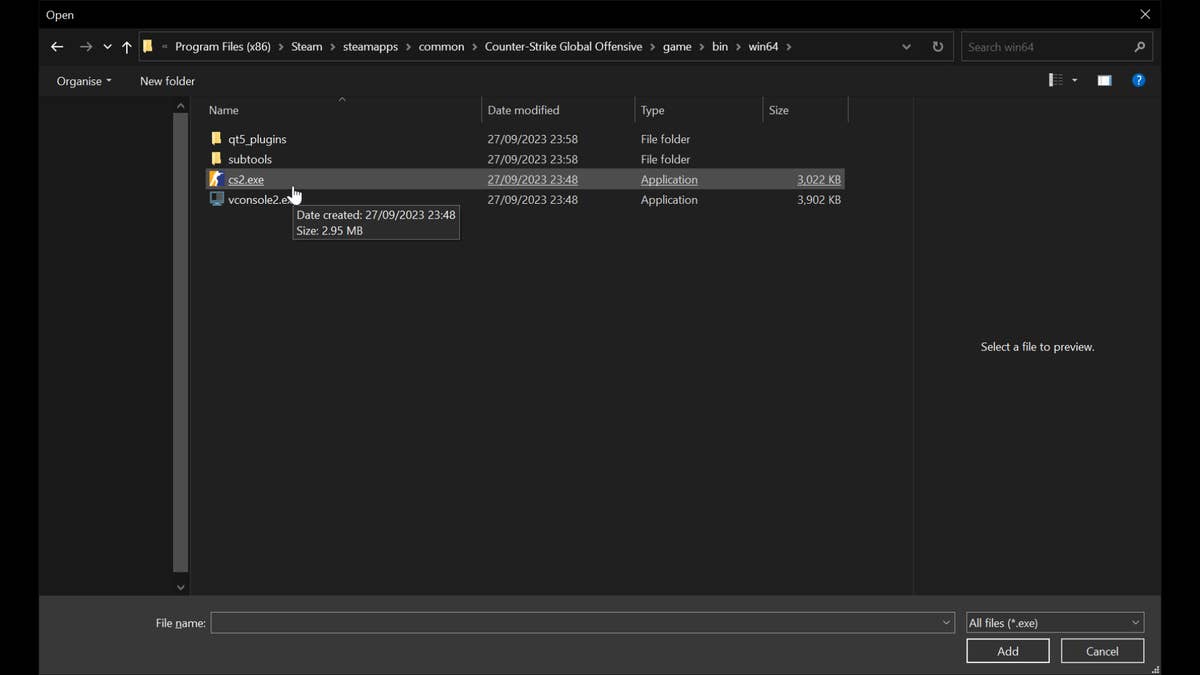Southeast Insights
Your go-to source for news and information from the vibrant heart of Shenyang.
CS2 Graphics: Where Pixels Meet Precision
Discover the art of CS2 graphics, where every pixel is crafted with precision. Unleash your creativity and elevate your designs today!
The Evolution of Graphics in CS2: A Deep Dive into Pixel Precision
The evolution of graphics in CS2 has been a remarkable journey from its rudimentary beginnings to its current state of pixel precision. Unlike its predecessors, CS2 introduced advanced rendering techniques that allowed for more detailed and realistic visuals. Early graphics were limited by hardware constraints, leading to a blocky aesthetic that defined the first iterations of the game. However, as technology progressed, developers capitalized on new graphical capabilities, incorporating features such as dynamic lighting, high-resolution textures, and intricate character models. This transformation not only enhanced game performance but also changed the way players interacted with their environments.
One of the most significant milestones in CS2 graphics evolution was the transition to pixel precision. This term refers to the meticulous attention to detail in graphics where individual pixels contribute to the overall visual experience. As graphics engines evolved, developers began to implement techniques such as anti-aliasing, which smoothed out jagged edges, and texture filtering, which improved image clarity at various resolutions. Additionally, the integration of shader technologies allowed for more sophisticated visual effects, bringing about a level of immersion previously unseen in the gaming world. Overall, the graphical advancements in CS2 not only elevated gameplay experiences but also set new standards for future game development.

Counter-Strike is a highly popular first-person shooter game that emphasizes teamwork and strategy. Players engage in competitive matches where they take on the roles of terrorists or counter-terrorists. If you find yourself struggling to improve, you might want to kick yourself for not practicing enough!
Understanding Resolution and Frame Rate: Key Elements of CS2 Graphics
In the realm of video games, understanding resolution and frame rate is crucial for enhancing the overall gaming experience. Resolution refers to the number of pixels displayed on the screen, impacting the clarity and detail of the graphics. Higher resolutions, such as 4K, provide a more immersive experience by delivering sharper and more defined visuals. On the other hand, frame rate, measured in frames per second (FPS), indicates how smoothly the animation and action unfolds within the game. A higher frame rate ensures fluid motion, which is especially important in fast-paced games like CS2, where precision and timing can be the difference between victory and defeat.
Both resolution and frame rate play pivotal roles in optimizing gameplay and visual fidelity. Here are key considerations to keep in mind:
- Resolution: Higher resolutions require more powerful hardware to maintain performance.
- Frame Rate: Maintaining a consistent FPS is vital to avoid lag and maintain responsiveness.
- Most gamers prefer a balance between resolution and frame rate, tailoring settings based on personal preference and hardware capabilities for the best experience in CS2.
How to Optimize Your CS2 Graphics Settings for the Best Performance
Optimizing your CS2 graphics settings is crucial for achieving the best performance during gameplay. Start by navigating to the graphics settings menu, where you can adjust options such as resolution and texture quality. A lower resolution can significantly increase your frame rates, so consider setting it to 1280x720 if you're experiencing lag. Additionally, setting texture quality to medium and disabling unnecessary effects like motion blur will enhance performance while still maintaining visual clarity.
Another important aspect of optimizing your CS2 graphics settings is adjusting the anti-aliasing and shadows. Consider turning off anti-aliasing or setting it to a minimal level, as this can greatly relieve the pressure on your GPU. Shadows can also be taxing, so setting them to low or even off can achieve better performance. Don't forget to save your settings and test the game to see the improvements; sometimes, a simple tweak can make all the difference in your gaming experience.